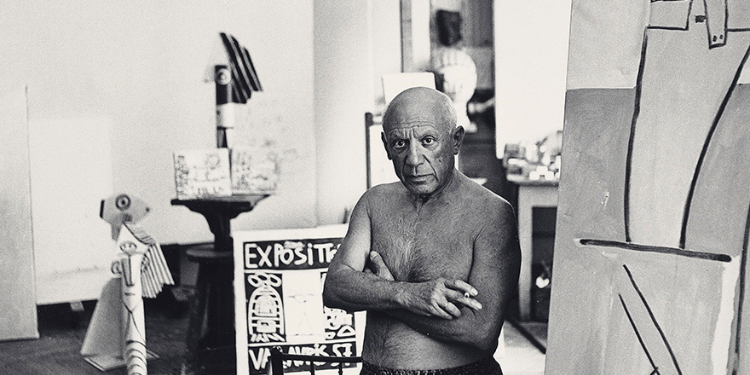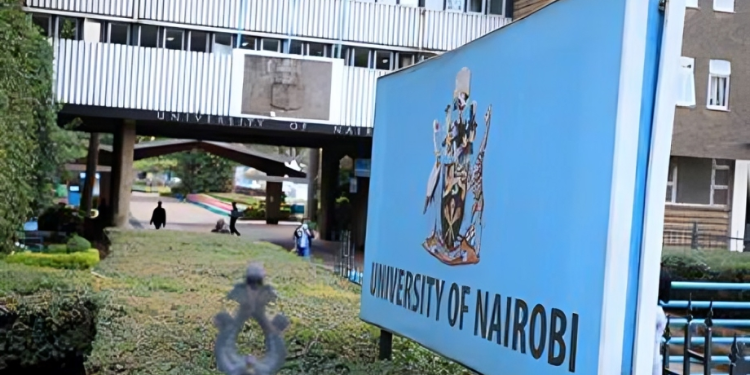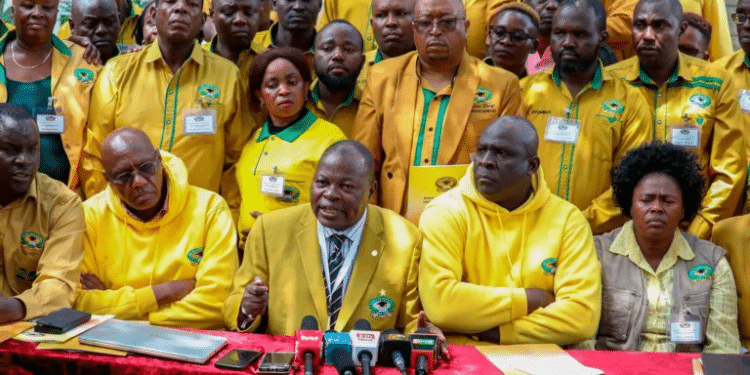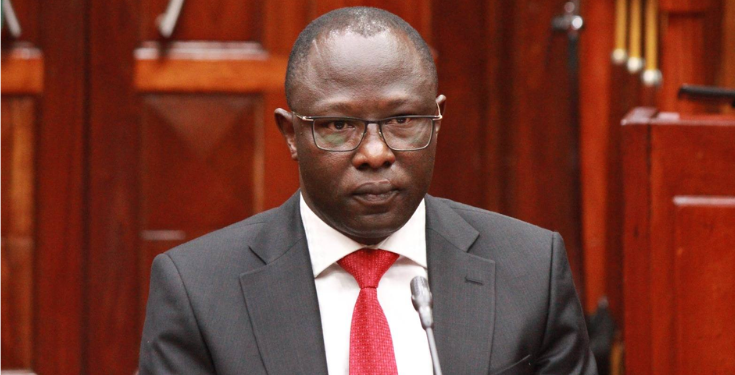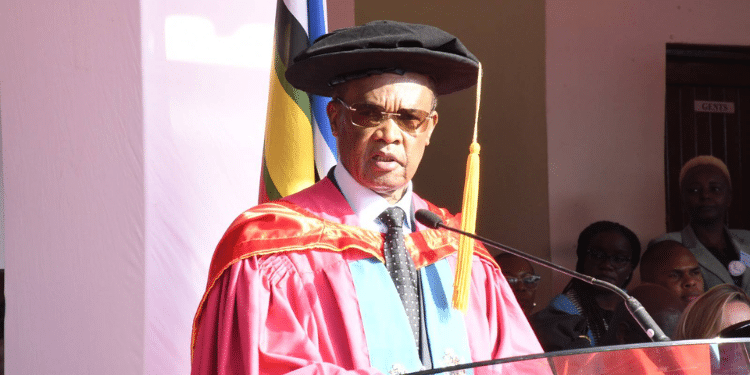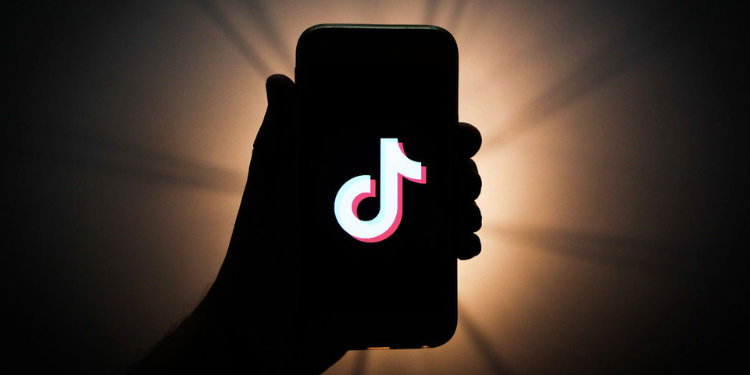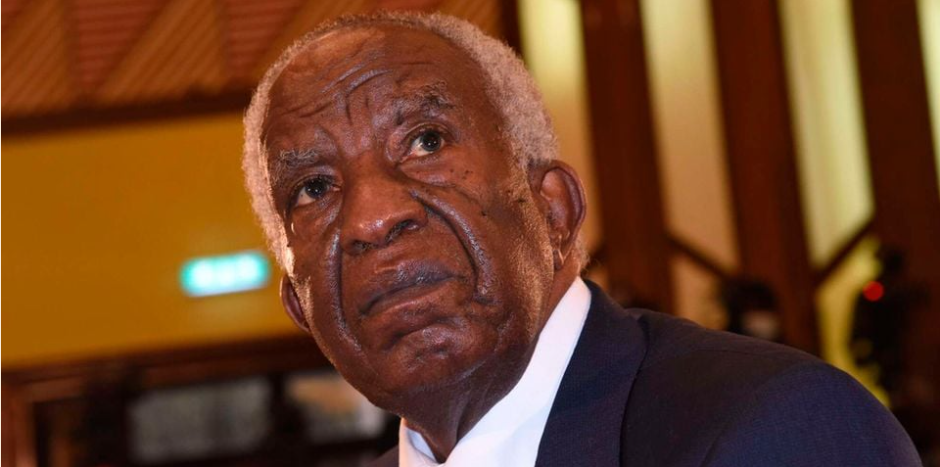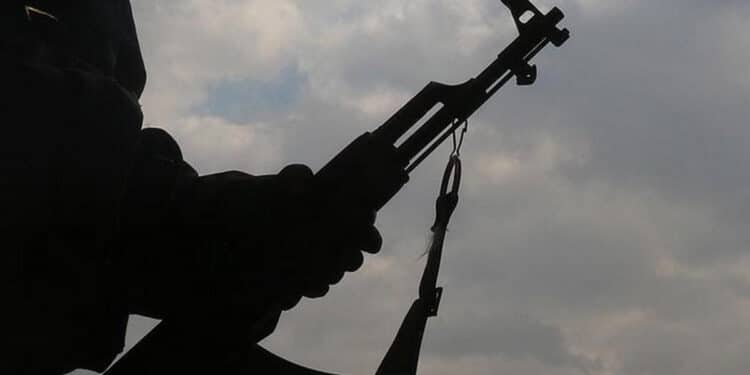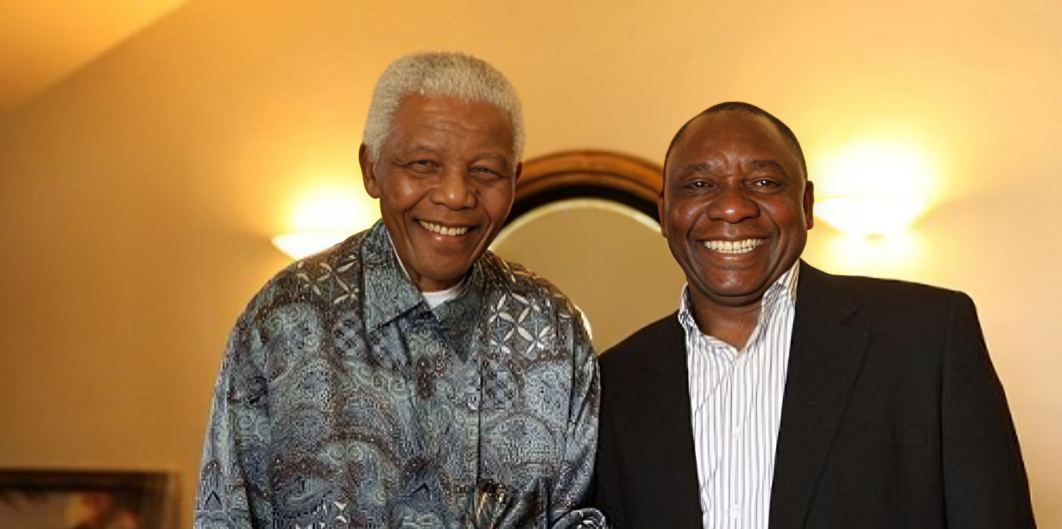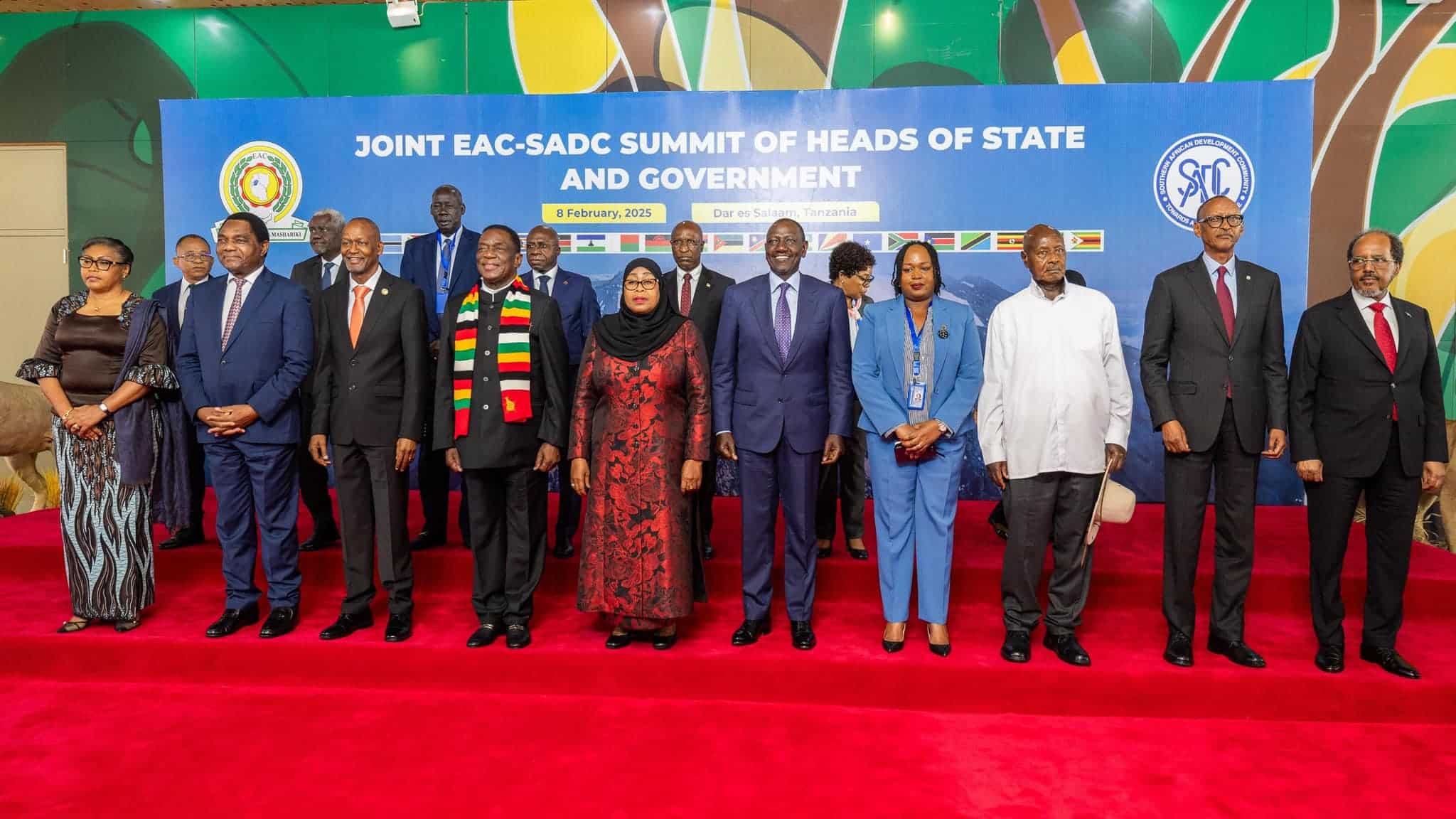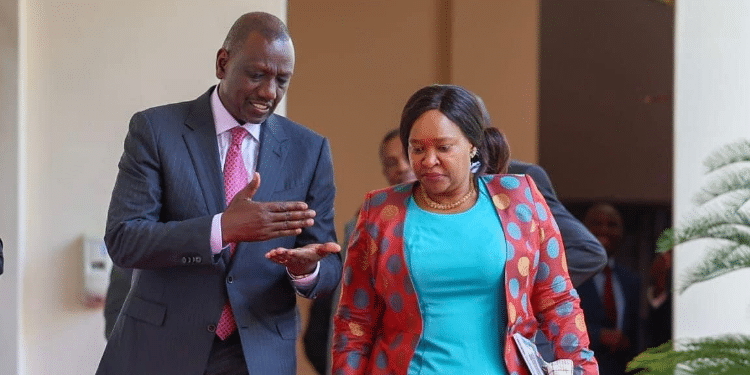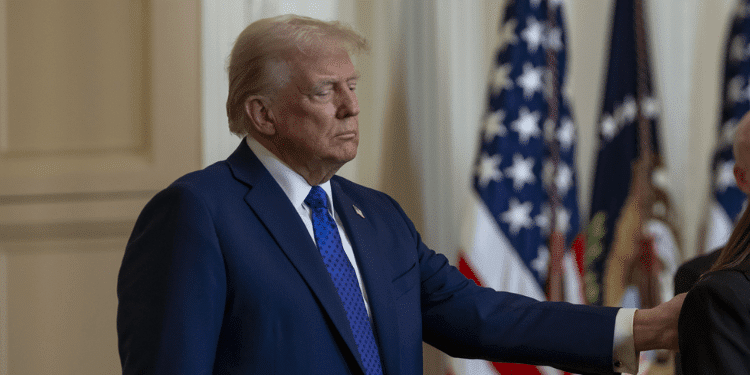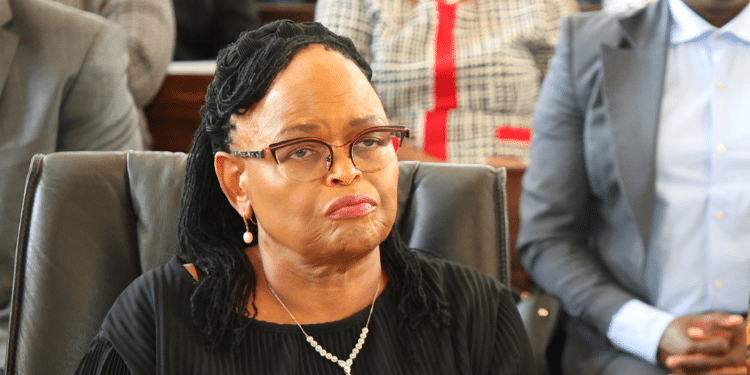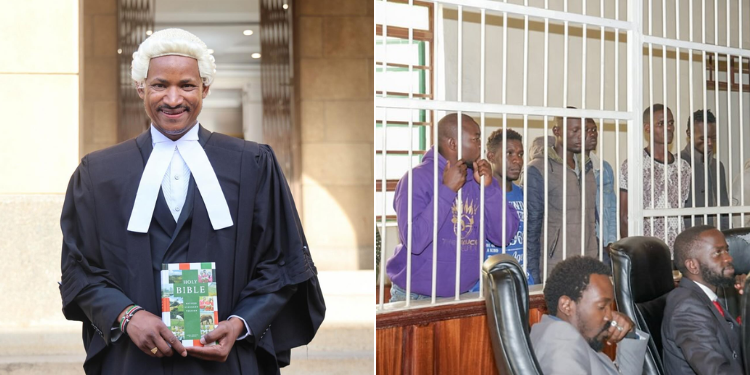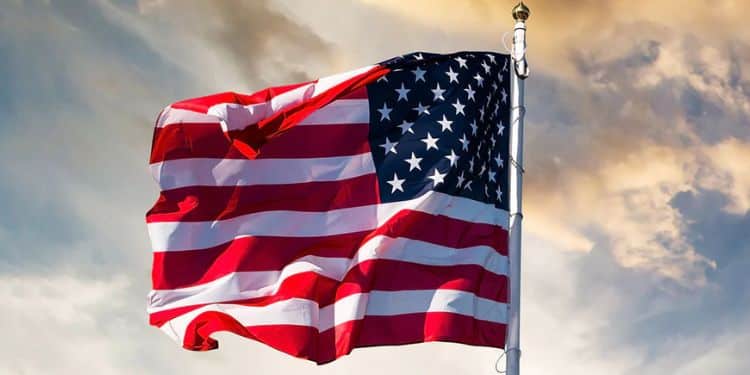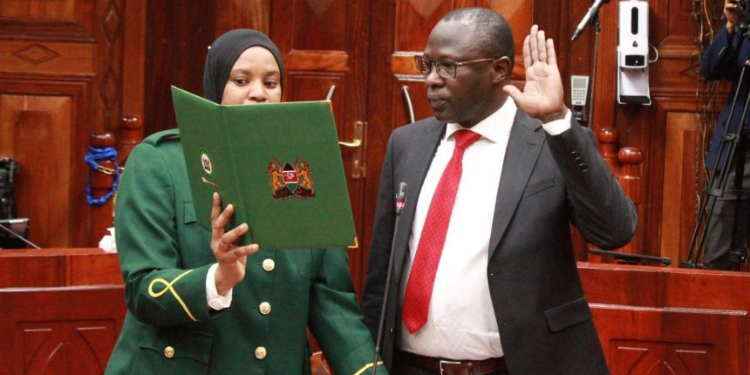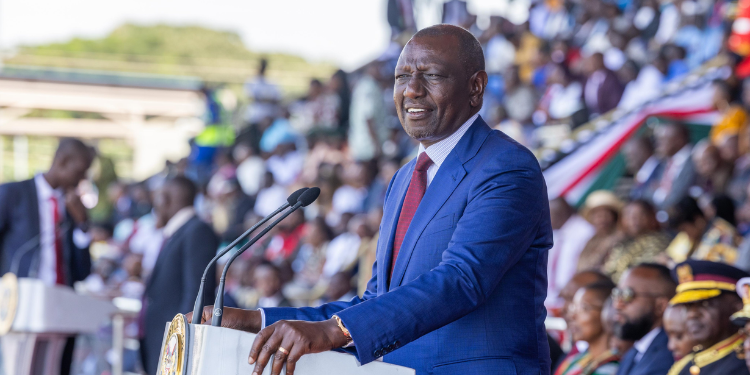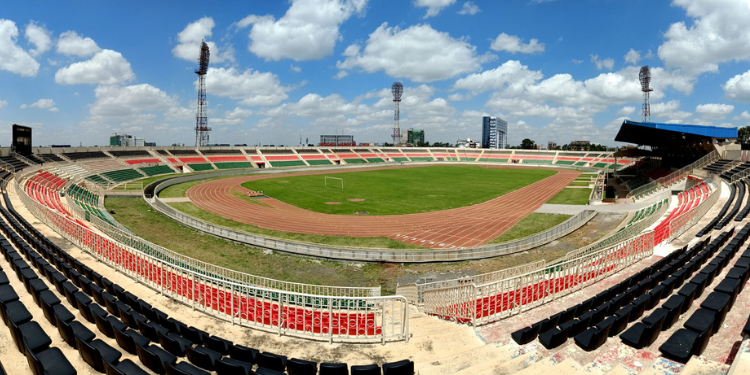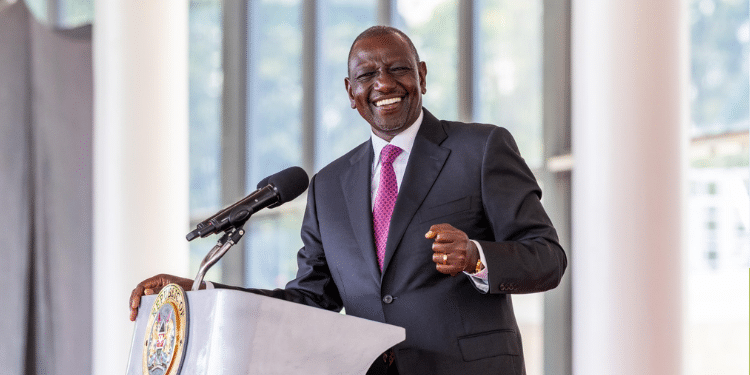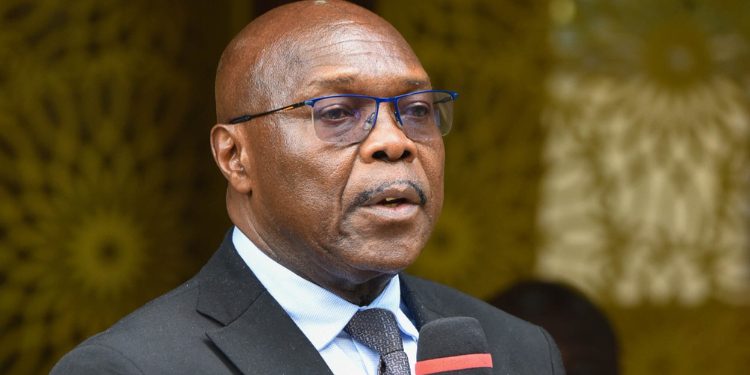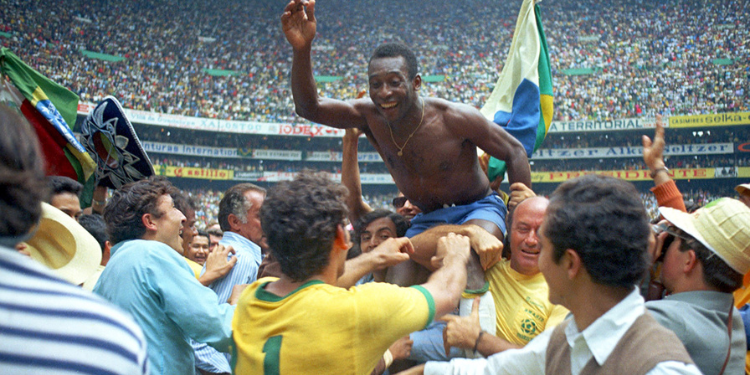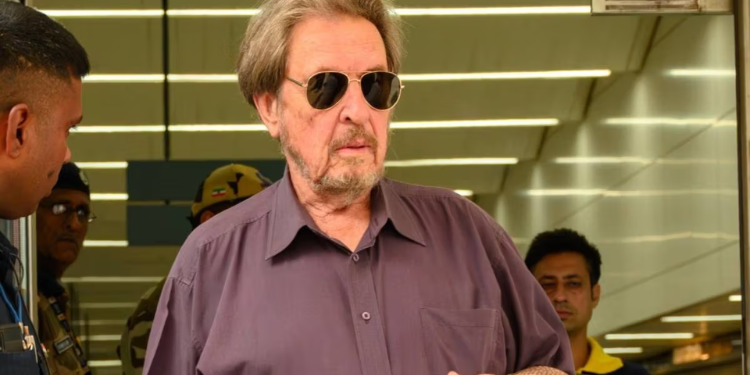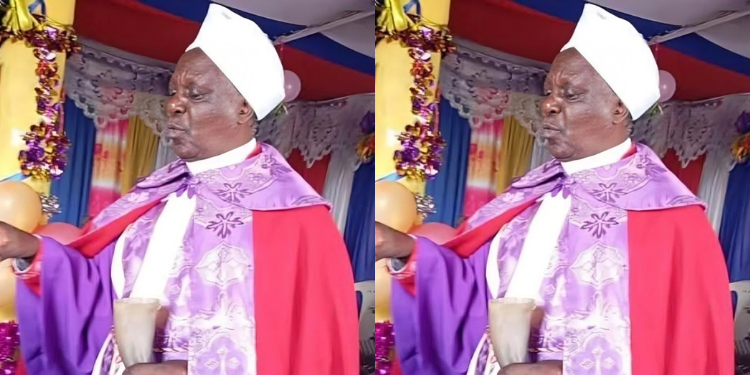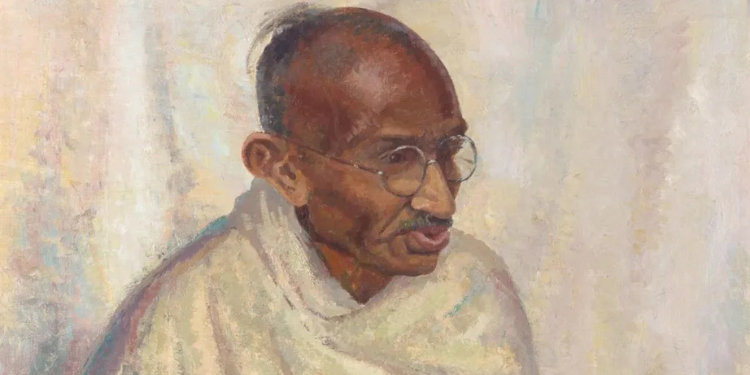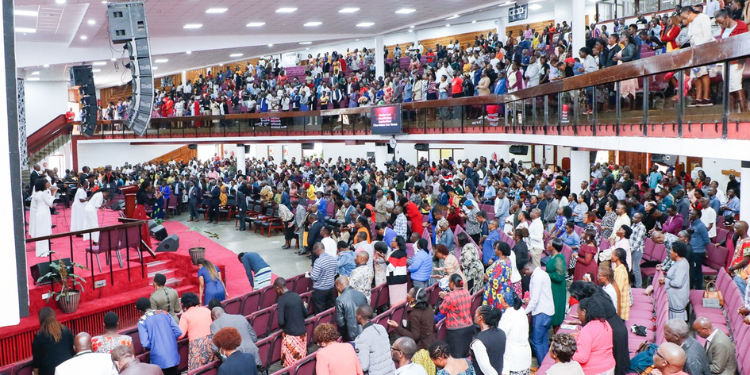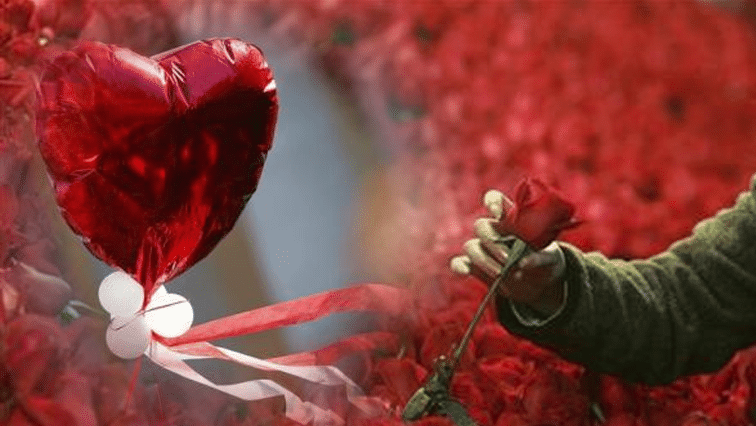A rare and historically significant oil portrait of Mahatma Gandhi has been sold for Ksh23.6 million at a Bonhams auction in London.
This artwork, painted in 1931 by British American artist Clare Leighton, better known for her wood engravings, is believed to be the only oil portrait for which Gandhi personally sat.
Historical Significance
Gandhi was famously modest and avoided personal glorification, so his agreement to sit for this portrait in 1931 is a rare and meaningful gesture.
The portrait was painted during Gandhi’s visit to London for the Second Round Table Conference in 1931.
Also Read: Kenya’s Melissa Kariuki Joins Grammy’s Recording Academy
This was a critical moment in the Indian independence movement, as Gandhi was representing the Indian National Congress in negotiations with the British government.
A letter from Mahadev Desai, Gandhi’s secretary, is attached to the back of the painting. It praises the portrait’s likeness and notes Gandhi’s appreciation, further authenticating its historical importance.
In 1974, the painting was reportedly attacked with a knife while on public display, allegedly by a Hindu right-wing activist, and was restored by the Lyman Allyn Museum Conservation Laboratory.
This incident signified the painting’s symbolic power and the strong emotions Gandhi’s image can evoke.
The portrait remained in Leighton’s possession until her death in 1989 and was passed down through her family.
Gandhi portrait auction
The portrait was sold at a Bonhams auction in London, as part of Bonhams’ Travel and Exploration online auction, that drew international attention due to the portrait’s exceptional historical and artistic significance.
Rhyanon Demery, Bonhams’ Head of Sale, described the portrait, saying, “A rare work by Clare Leighton and a lasting document of an important moment in history.”
Initially estimated to fetch between Ksh7.5 million and Ksh10.5 million, the portrait ultimately sold for more than three times its high estimate.
The auction’s high price reflects not only its artistic value but also its role as a tangible link to Gandhi’s legacy.
Oil Painting History
While oil-based substances were used in ancient times (e.g., in Afghanistan’s Bamiyan Buddhas, 7th century), oil painting as an art form wasn’t widespread.
In medieval Europe, egg tempera was the dominant medium for panel painting. Oil was used more for decorative or utilitarian purposes.
Also Read: How Elon Musk’s Father Married His Stepdaughter
In the 14th century, oil painting gained prominence in Northern Europe, especially in the Low Countries.
Jan van Eyck is often credited (though not solely responsible) for refining oil painting techniques, allowing for richer colours, greater detail, slower drying time, and enabling blending and layering.
At the beginning of the 15th century, Italian artists adopted oil painting from the North, with Leonardo da Vinci, Raphael, and Titian mastering the medium, using it for its depth, realism, and subtle gradations.
Fresco remained popular in Italy, but oil became dominant for portable works.
In the 18th century, artists like Caravaggio, Rubens, Rembrandt, and Vermeer pushed oil painting to new expressive heights, using techniques like chiaroscuro (light-dark contrast) and impasto (thick paint application).
Oil painting remained dominant, but styles diversified with paintings now including romanticism with dramatic, emotional scenes (e.g., Delacroix), realism (e.g., Courbet), and impressionism with loose brushwork and light effects (e.g., Monet, Renoir).
From the 20th century to the present, oil painting has adapted to modern movements, with artists like Picasso, Dali, Pollock, and de Kooning using oil in innovative ways.
Despite the rise of acrylics and digital media, oil painting remains a respected and widely practiced medium.
Follow our WhatsApp Channel and X Account for real-time news updates.
